Contract Version Control: Ensuring Accuracy & Accountability
Content
- What makes Contract Version Control necessary?
- Why is it hard to keep track of Contract Versions?
- How do you establish Contract Version Control?
- Digitizing Contracts
- Utilize OCR
- Centralize Storage
- Digital Redlining
- Version History
- User-based Permission
- AI Comparison Tool
- Conclusion
Contracts are dynamic; they evolve throughout their lifecycle. Parties may alter the terms and conditions while negotiating, reviewing, or renewing legal agreements. Consequently, there are multiple contract versions in play. What if you send the wrong one to suppliers or customers to close a deal? It can cause unnecessary delays and derail the entire contracting process.
Hence, businesses must maintain a record of all contract formats, from early drafts to the finalized agreement. It ensures everyone is on the same page throughout the contractual relationship. However, effective tracking is easier said than done with contracts managed across email chains, drives, and word processors. This guide provides everything a business needs to establish version control, from filing systems to audit trails.
What makes Contract Version Control necessary?
Contract versioning entails monitoring updates or alterations to a legal agreement. Therefore, there is a clear record of each time parties renew, modify, or amend the terms and conditions. Everyone involved, including legal, customers, partners, and vendors, can collaborate on the latest and accurate information.
As a result, only the finalized and right contract version gets to the signing stage. It helps to align expectations on obligations, timelines, funding, and milestones. Parties can maintain compliance and performance standards while lowering the possibility of disputes or infractions.
Enforceability: Commercial contracts must be enforceable to add value to businesses. It depends on legal terms, mutual agreement, and an efficient contracting process. However, poor version control might bind parties to outdated terms and conditions, or they won’t hold up in court.
Performance Management: Contracts outline all the rights and responsibilities of the involved parties. Businesses oversee them throughout their lifecycle to ensure everyone keeps their end of the bargain. They need accurate contract versions to track obligations, KPIs, and deadlines. Ineffective version control can result in parties reporting and monitoring the wrong data.
Compliance: Transparency is necessary to establish adherence to company policies, industry standards, and contractual terms. Parties can achieve that by maintaining accurate records of contract-related activities and content. Version control guarantees the accuracy and currency of all recorded data for future reference. It helps to avoid legal, financial, and reputational repercussions of non-compliance issues.
Read more: Guide To Effective Contract Compliance Management
Why is it hard to keep track of Contract Versions?
Getting contracts to the signing stage, whether sales, finance, or procurement agreements, involves back and forth among stakeholders. Most organizations don’t have a framework for the contracting process, including drafting, negotiating, and reviewing. Multiple contract versions float across platforms with inconsistent names, formats, and access. As portfolios expand and volume increases, contract versioning becomes more challenging. They prevent organizations from effectively storing, organizing, and monitoring contracts.
Split Storage
While accessibility is key to contract management, finding one specific document among thousands is always challenging. It is mainly due to a disorganized document management system across shared drives, filing cabinets, and OneDrive. Moreover, countless people are involved in the contracting process, producing endless contract versions. There’s no way to monitor all of them throughout the relationship. Parties may collaborate with out-of-date documents, incomplete information, or duplicative efforts.
Lack of Standardization
Apart from storage, naming contracts appropriately is also vital to version control and transparency. Legal agreements undergo constant changes while finalizing terms, and businesses must maintain records of all these drafts. Consistent contract formats and tagging should promote effortless storing, organizing, and sharing. Parties will spend hours searching and retrieving the right version. Documents will inevitably fall through the cracks without a clear folder structure or descriptive file names.
Access Control
The contracting process involves numerous internal and external stakeholders, including salespeople, lawyers, suppliers, and customers. If all of these people have access and contribute revisions, contract versioning can become a nightmare. In such cases, access control is necessary to prevent unauthorized file duplication. As a result, accountability and data integrity are guaranteed in contract management.
How do you establish Contract Version Control?
Successful contractual relationships require businesses to oversee legal agreements during the drafting, negotiating, reviewing, and execution stages. However, maintaining version control using traditional contracting methods such as spreadsheets, shared drives, and email chains is time-consuming. While accessible, these solutions can make contracts more susceptible to errors and inconsistencies, compromising their performance, compliance, and legal standing. Parties can use specialized contracting and collaboration tools to streamline contract versioning. Here’s how:
Digitizing Contracts
While paper contracts may seem affordable, they cost more money in the long run due to lost documents, missed deadlines, and non-performance. With expanding portfolios and countless stakeholders, there’s no effective way to keep track of all contract versions. Digitizing contracts allows businesses to streamline the contract lifecycle. Aside from speeding up processes, digital solutions offer visibility into all contract-related activities. They can convert legal agreements to digital formats, like PDFs or Word documents. It allows parties to track, edit, share, and store them electronically. Contract versioning is easier when legal teams can capture essential metadata, such as creation date, author, and revision history, which are invaluable for tracking changes over time.

Utilize OCR
Most organizations store their legacy contracts as scanned paper documents. Editing, reviewing, and extracting data from these files can be next to impossible. In such cases, OCR technology can convert any contract into machine-readable text. Businesses can utilize OCR for contract migration while adopting digital solutions. Storage, organization, and filtering are effortless with online documents. This makes the terms, parties, deadlines, and names searchable for everyone involved. Consequently, they have an easier time maintaining contract versions. Parties can extract obligations, deadlines, and payment terms to prevent contract violations.
Centralize Storage
Centralizing contract storage is essential for streamlining version control and ensuring every user can access the most current and accurate contract versions. By storing all contracts in a centralized digital repository, you create a single source of truth that minimizes the risk of confusion or errors caused by working with outdated versions. Centralized storage also allows for better control and auditing of who has accessed and modified the contract, which is crucial for maintaining a clear version history. With a central repository, all revisions, comments, and changes to the contract can be tracked automatically, and earlier versions can be stored for reference or compliance purposes.

Digital Redlining
Digital redlining is a modern method of tracking and managing changes made to a contract during the negotiation and review process. Unlike traditional paper redlining, which relies on physical markup and hand annotations, digital redlining uses software tools to highlight revisions, deletions, and additions within the contract text. Moreover, digital redlining supports version control by storing each revision with metadata showing who made the changes and when. This provides greater accountability and transparency throughout the contract lifecycle. By using digital redlining, you also improve collaboration between stakeholders, as they can suggest, accept, or reject changes in real-time, ultimately resulting in more efficient contract management.

Version History
Each time a contract is edited, a new version is created, and the system records relevant metadata, such as the author of the changes, the timestamp, and a summary of what was modified. This creates an auditable trail of every version of the contract, ensuring that no changes go unnoticed and that earlier versions can be easily retrieved if needed. Version history is especially valuable during the negotiation and approval stages, as multiple stakeholders may request changes that must be reviewed and addressed. It allows users to compare different contract versions side-by-side to identify differences, ensuring that no clauses or conditions are overlooked.

User-based Permission
User-based permission is an essential component of an effective contract version control system. It ensures that only authorized individuals have access to specific contract versions, which helps to maintain security and control over sensitive information. By assigning roles and permissions to users based on their responsibilities, organizations can ensure that employees, legal advisors, and external stakeholders only have access to the appropriate levels of information. Overall, a well-structured permission system provides better oversight, accountability, and security while ensuring efficient collaboration throughout the contract lifecycle.

AI Comparison Tool
AI comparison tools are an advanced feature in modern contract management systems that help streamline version control by automatically identifying and highlighting differences between contract versions. These tools use machine learning algorithms and natural language processing (NLP) to compare two versions of a contract, pinpointing even subtle changes in language, clause structure, or terms. This automated comparison process is faster and more accurate than manual reviews, reducing the likelihood of human error and ensuring that all changes are properly tracked. AI comparison tools can also flag potentially risky or problematic clauses that deviate from standard language or company policies, providing an additional layer of oversight.
Conclusion
The Dock 365 contract management solution facilitates easy access, sharing, and collaboration across teams, regardless of location. With digital contracts, it's easier to implement automated systems to track version changes, improving transparency and reducing the risk of error. Cloud-based contract management systems offer centralized storage that allows contracts to be easily indexed, searched, and retrieved, ensuring consistency across teams. Businesses can set role-based permissions to prevent unauthorized access to sensitive contracts. The version history provides an overview of the contract as it progresses through its lifecycle, including modifications, reviewers, and timeline. Dock 365's AI-powered tools make comparing, summarizing, and reviewing a huge volume of legal agreements easier than ever before.
Book a Live demo
Schedule a live demo of Dock 365's Contract Management Software instantly.
.png?width=196&height=196&name=MicrosoftTeams-image%20(24).png)
Written by Deepti Gopimohan




